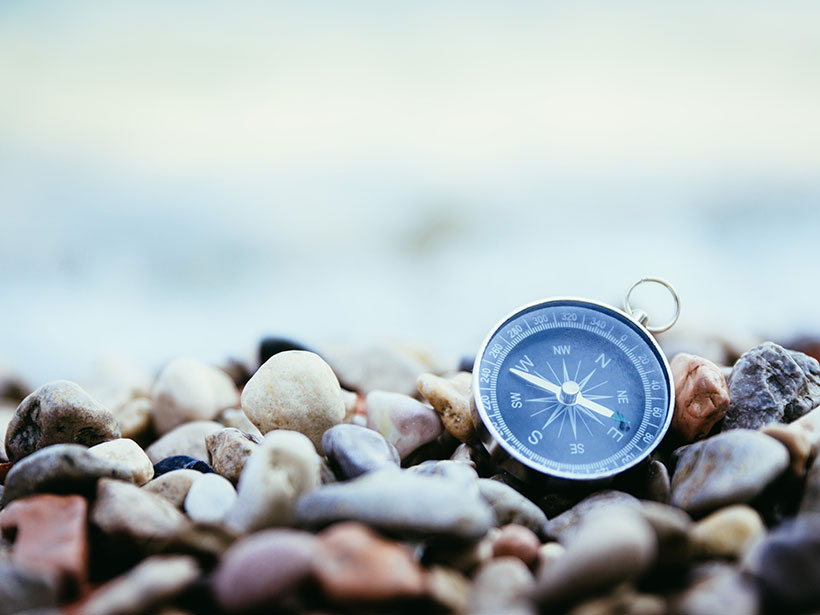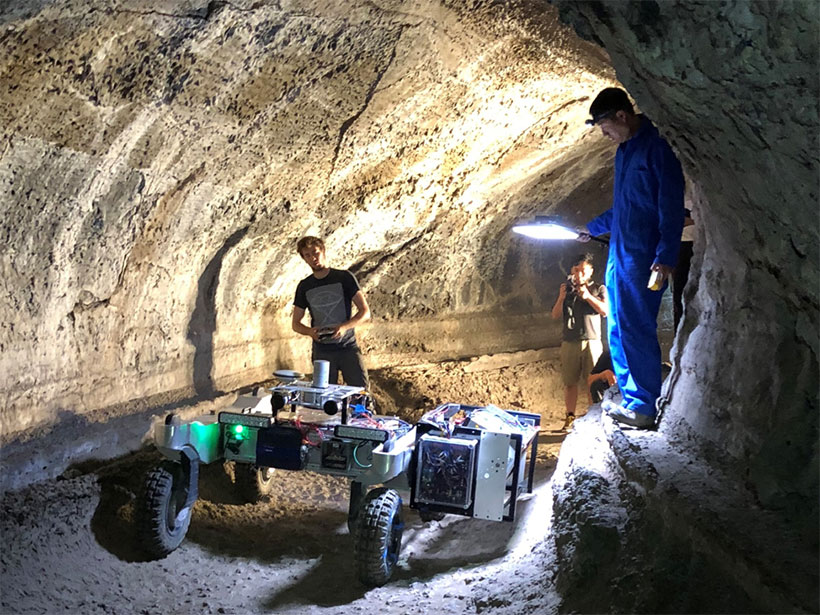Researchers combined satellite geodetic measurements of surface motion with a new geophysical data inversion method to probe the Chilean subduction zone in the wake of the 2010 Maule earthquake.
Science Updates
Modeling Earth’s Ever-Shifting Magnetism
The World Magnetic Model, updated every 5 years through an international collaboration, supports numerous technologies that help us find our way.
A Tried-and-True Medium to Broaden the Reach of Science
Television programming reaches broad, diverse audiences, but scientists must help tell their own stories and speak to the communities in which they live.
Habitability and the Evolution of Life Under Our Magnetic Shield
Earth’s global magnetic field likely dates back billions of years and is a barrier against cosmic radiation. What roles has it played in the planet’s biosphere?
A Fresh Perspective on Intricate Volcanic Plumbing Systems
Combining commercial hydrocarbon and mineral exploration data with novel academic research and modeling capabilities helps answer key questions about underground magma systems.
Collaborative Graduate Student Training in a Virtual World
With higher education increasingly moving online, a 3-year-old interinstitutional graduate student training program offers a model for universities to pool resources and expand course offerings.
A Pandemic Pivot in Earth Science Outreach and Education
For some educators, restrictions imposed by COVID-19 created space for innovation and affirmed the value of online tools and learning environments for increasing access to and engagement with science.
Planetary Cave Exploration Progresses
Terrestrial caves offer scientific and engineering insights and serve as testing grounds for future forays by humans and robots into caves on other worlds.
By Land or Sea: How Did Mammals Get to the Caribbean Islands?
A multidisciplinary team is jointly investigating mammal evolution and subduction dynamics to unravel how flightless land mammals migrated to the Greater Antilles and other Caribbean islands.
Reimagining the Colorado River by Exploring Extreme Events
Workshops exploring environmental, social, and political scenarios to prepare for negotiating new Colorado River water management guidelines took on added realism when the COVID-19 pandemic started.










